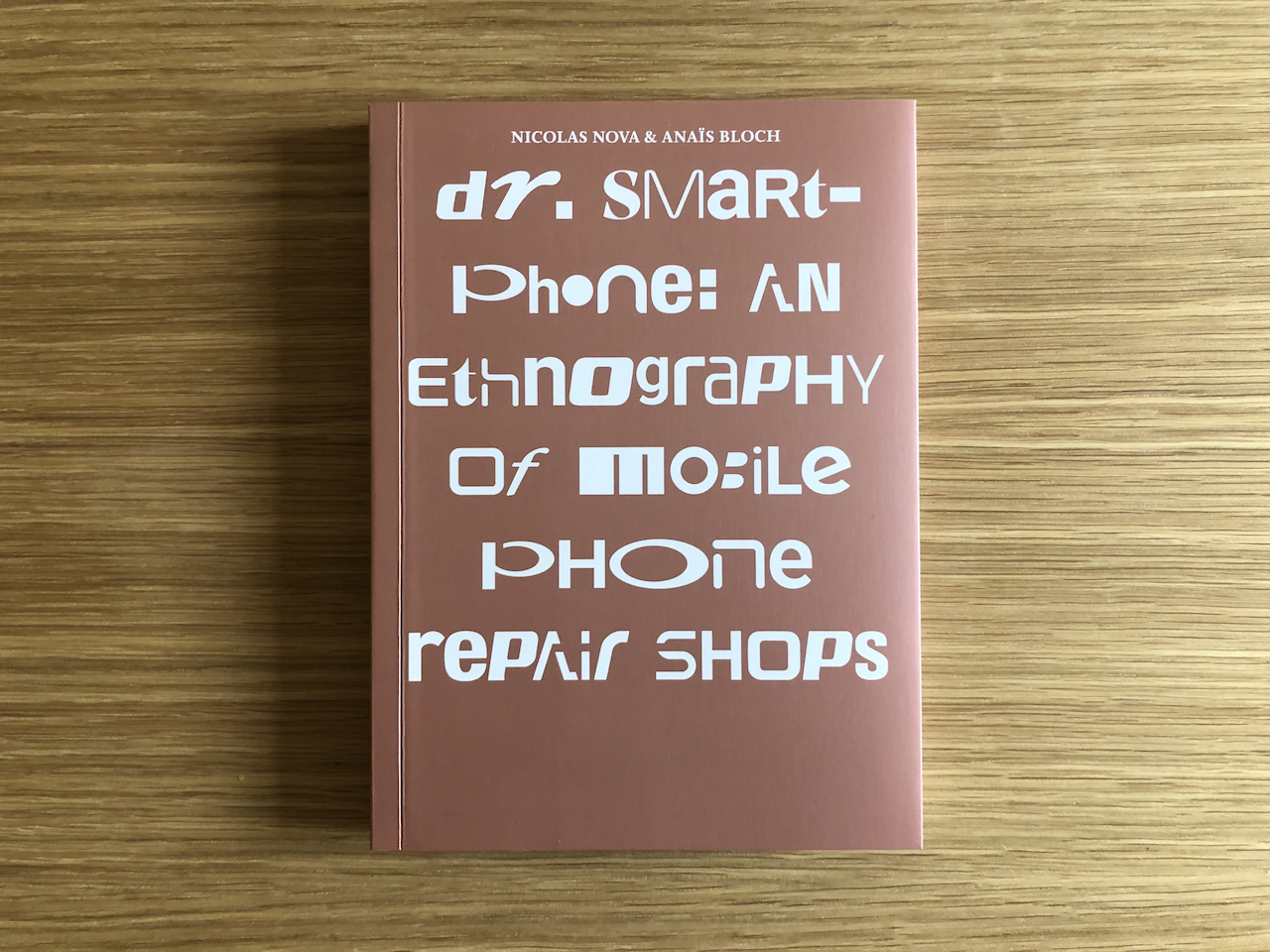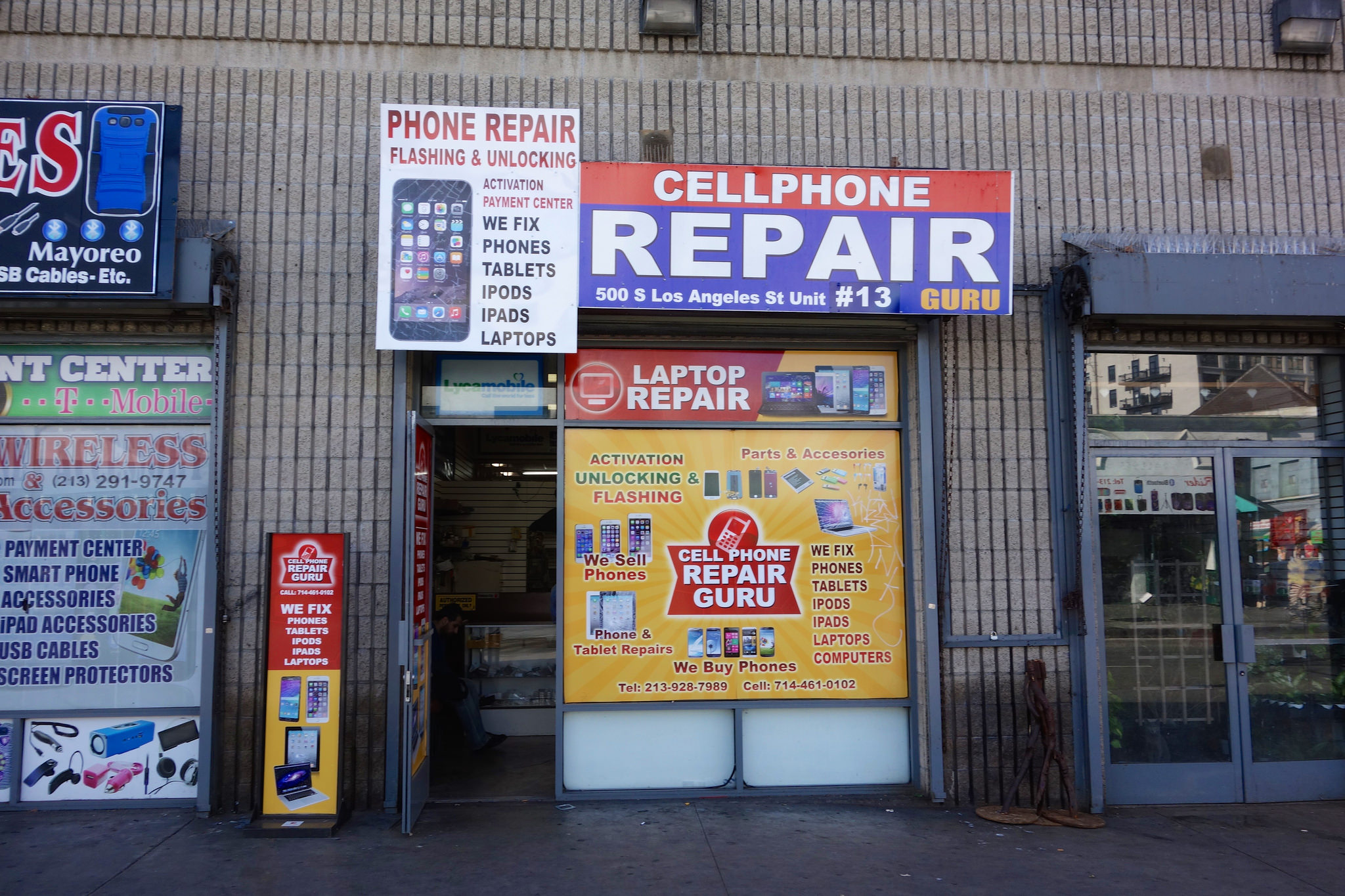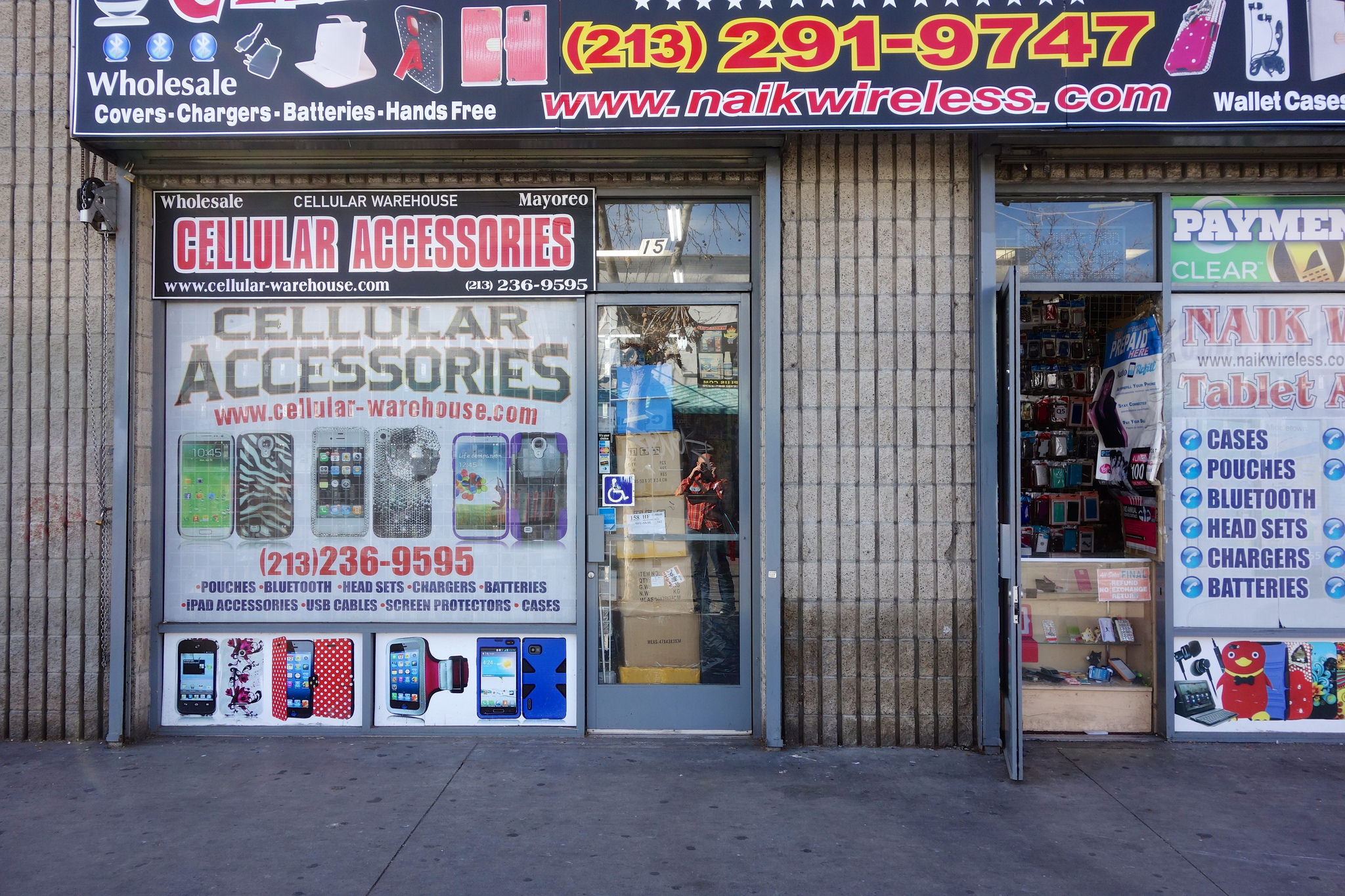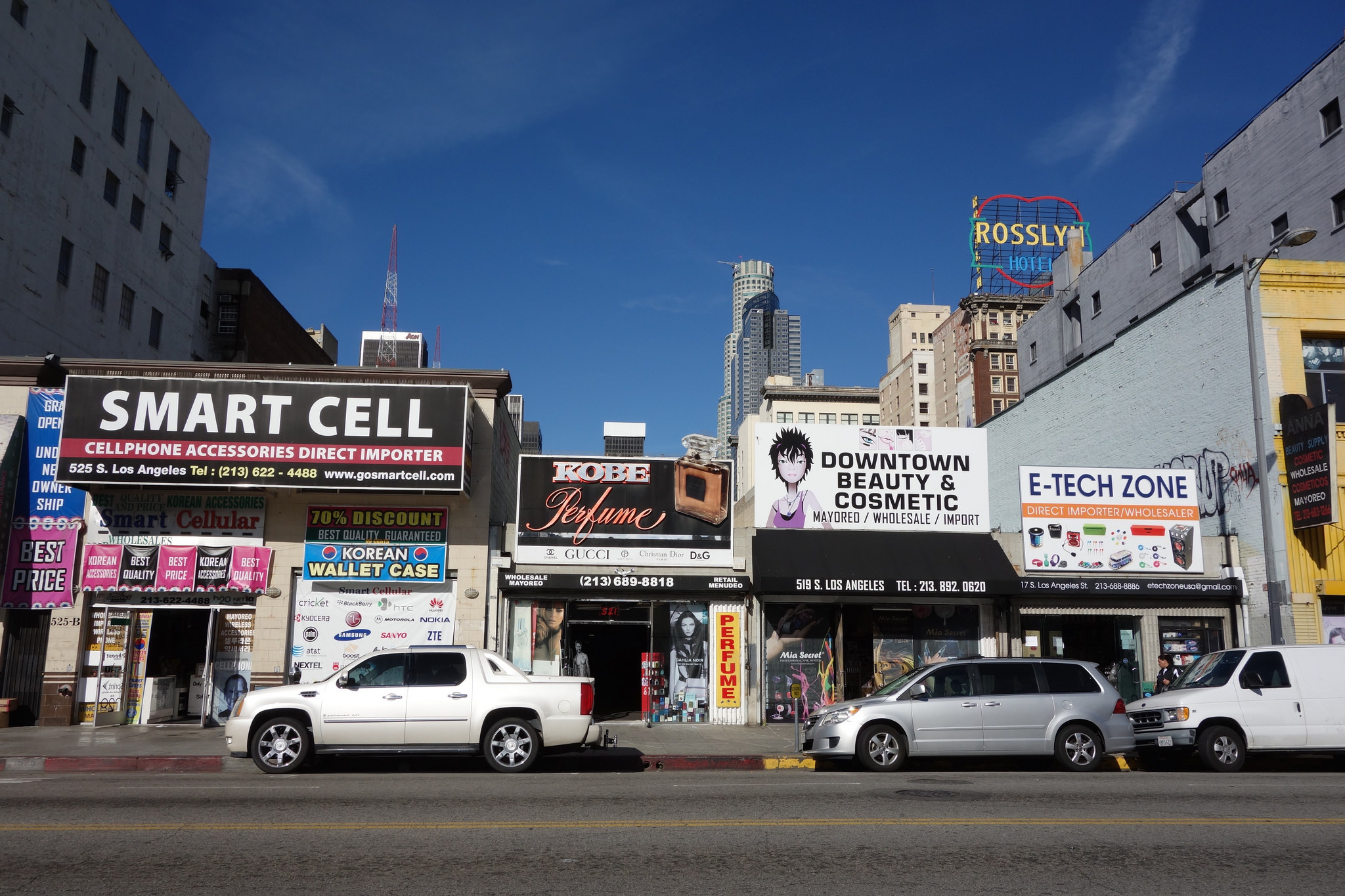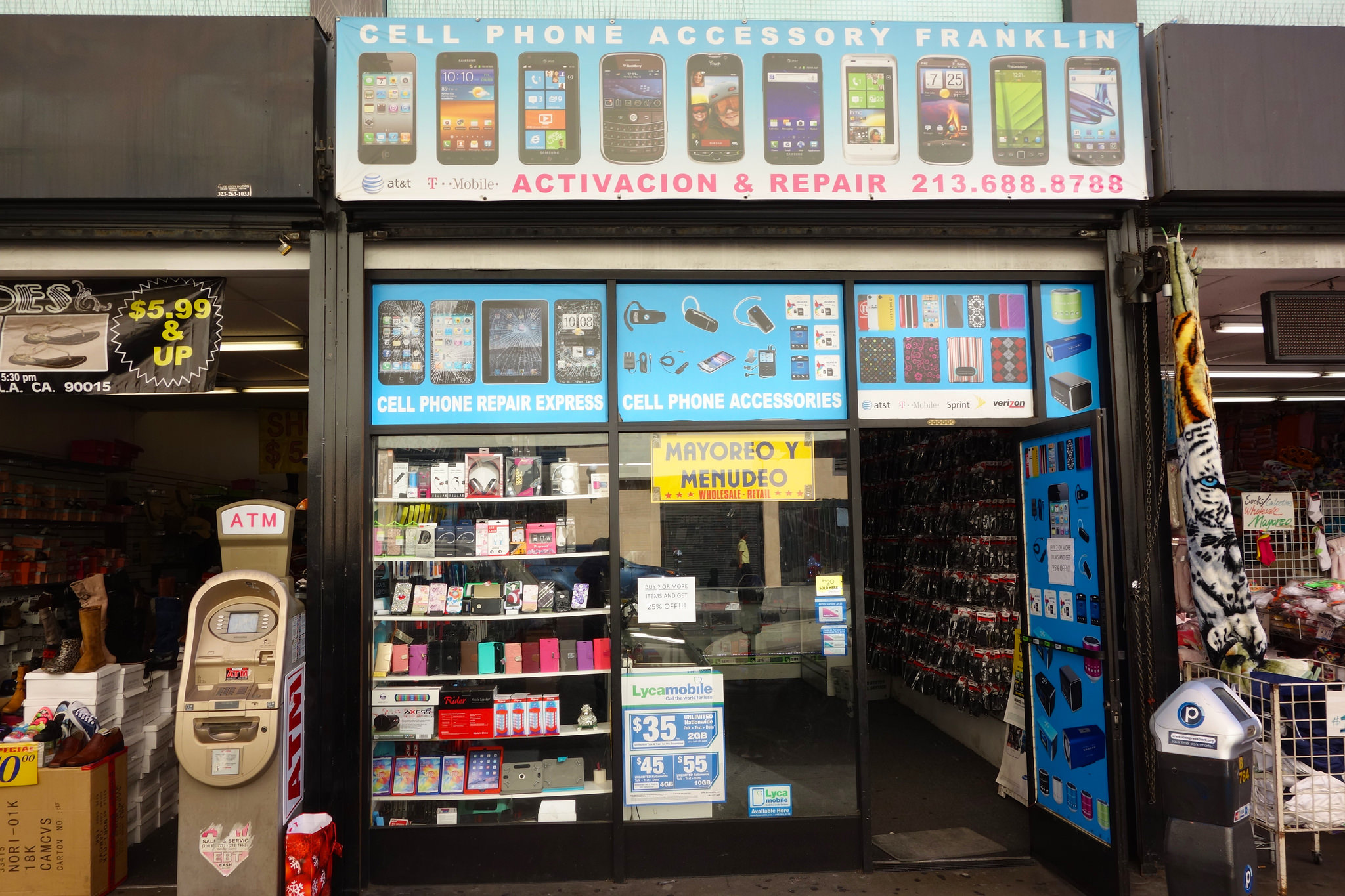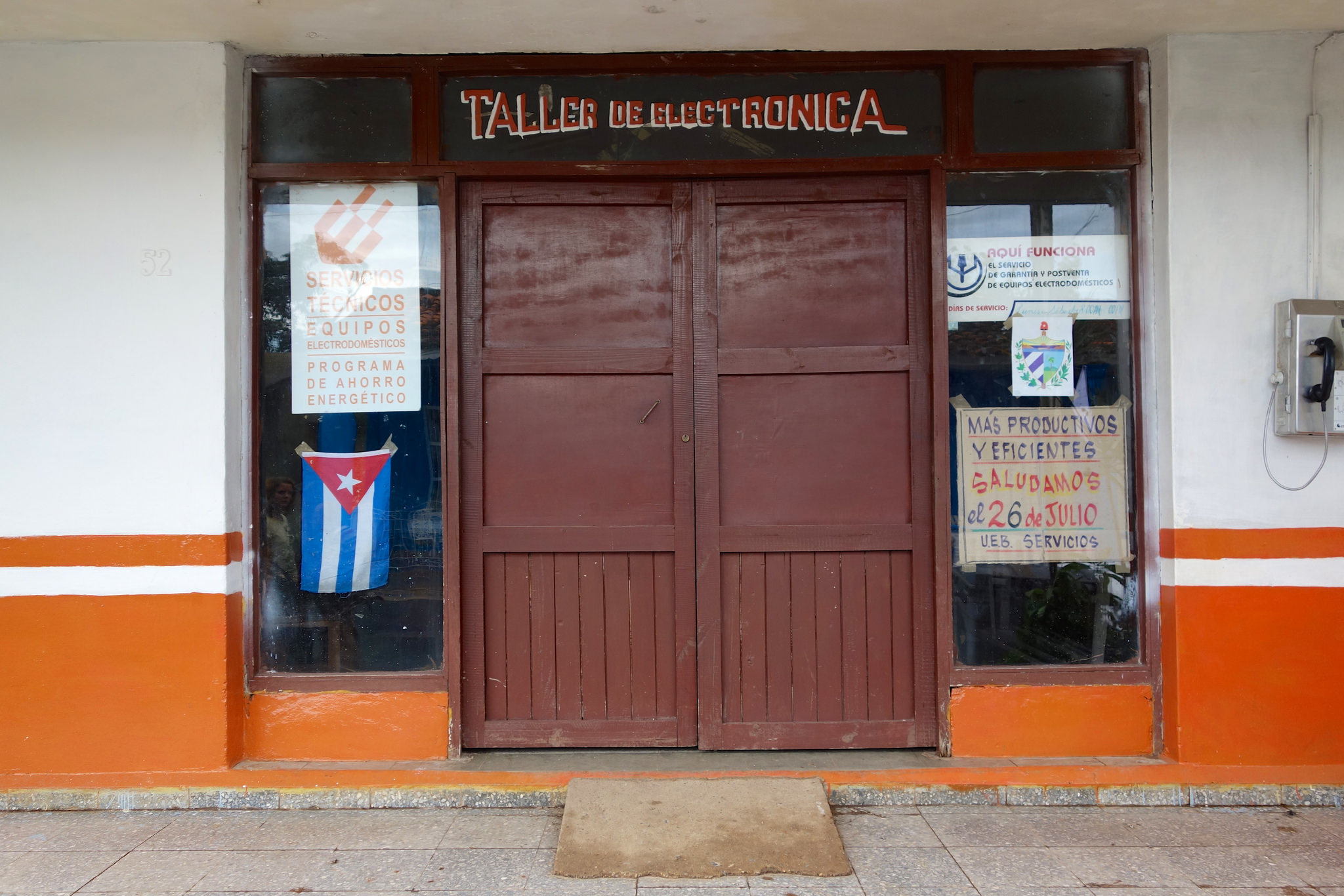Pleased to announce the publication of our book, Dr. Smartphones: an ethnography of mobile phone repair shops, at IDP, written by Anaïs Boch and myself. It’s the conclusion of the Mobile Repair Cultures project that we conducted between 2016 and 2019 at the Geneva University of Art and Design, funded by the Swiss National Research Fund. The book can be bought at IDP Publishing or found here as a free/open access pdf at this URL.
Here’s the book blurb:
“Dr. Smartphone,” “Mobile City Center,” “Docteur IT,” “iklinik,” “La clinique du téléphone cellulaire,” “Phonetime,” “iPhone clinique,” “Smartphone clinique,” “Phone services...” These are some of the names of a new type of business that has appeared in towns and villages in the past ten years: smartphone repair stores represent the most visible element of this ecosystem, but similar practices can be seen in hackerspaces, Fab labs, and temporary venues such as repair cafés. The services provided vary, but they tend to focus on the material elements of the hardware. Though the problem or issue is usually with the device’s hardware, repair technicians may also be able to address software issues; overseeing updates, changing settings, installing applications, or adding software and accessories not supported by manufacturers.
Drawing on a two-year field study in Geneva, Lausanne and Zurich, this book focuses on these independent repair stores and hackerspaces, and the practices of their technicians. How do these individuals come to end up fixing customers’ devices? How do they learn to handle products that were not designed to be repaired? And what can the mending of a cracked phone display tell us about skill, innovation, and the use of technology?
In this book, Nicolas Nova and Anaïs Bloch argue that a greater understanding of maintenance and repair is both timely and urgent, a fundamental part of any attempt to meet the challenges of an era of environmental crisis and consumer waste. An inquiry into “mobile repair cultures” presented through portraits of individual repairers, this book highlights users’ efforts to improve the sustainability of their technical objects.
At the intersection of anthropology, STS and design, this book is an investigation of smartphone repair places (shops mostly, some hackerspaces and repair cafés) in Switzerland. Designed by Raphaël Verona and Aude Meyer de Stadelhofen, we chose a format that mixes various kinds of material (photography, bande-dessinées, observations) for each repairers’ portrait, and a more standard academic text to introduce the approach and discuss the findings. The idea being that several kinds of readers may be interested in this: the research participants, designers and engineers involved in smartphone design, and, of course, scholars in social sciences or design research. It can be ordered on the publishers’ website at the following address.
Thanks Justin Pickard for his tremendous help on proofreading the manuscript. Laurence Allard, Jan Chipchase, Jérôme Denis, Matthieu Duperrex, Benjamin Gaulon, Fabien Girardin, Marie Goyon, Marc Laperrouza, Hervé Munz, Clément Renaud, Maria Roszkowska, Yvan Schulz, Bruce Sterling, Anne-Catherine Sutermeister, Jasmina Tešanović, Mathilde Bourrier and Dominique Cardon for their comments and support, as well as all our interlocutors and all the anonymous maintenance priests/priestness we ran across. Thanks Thierry Hausermann for being interested in publishing this odd document :)
